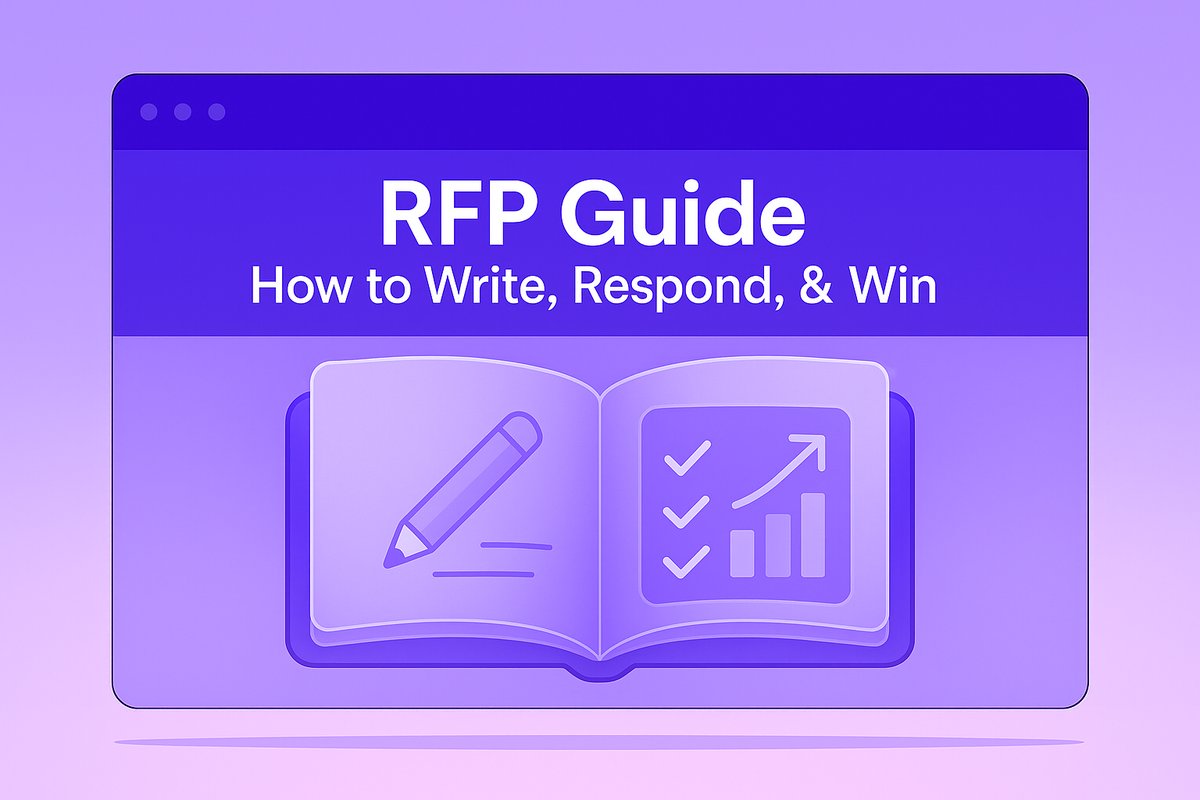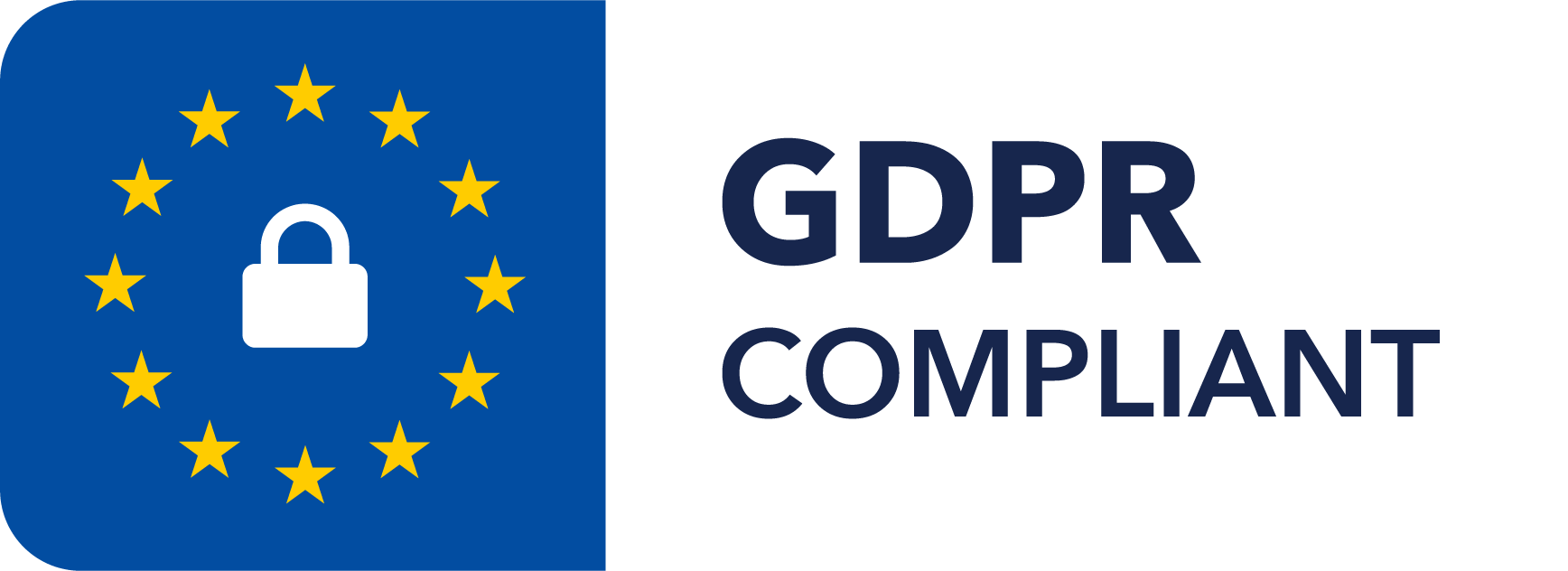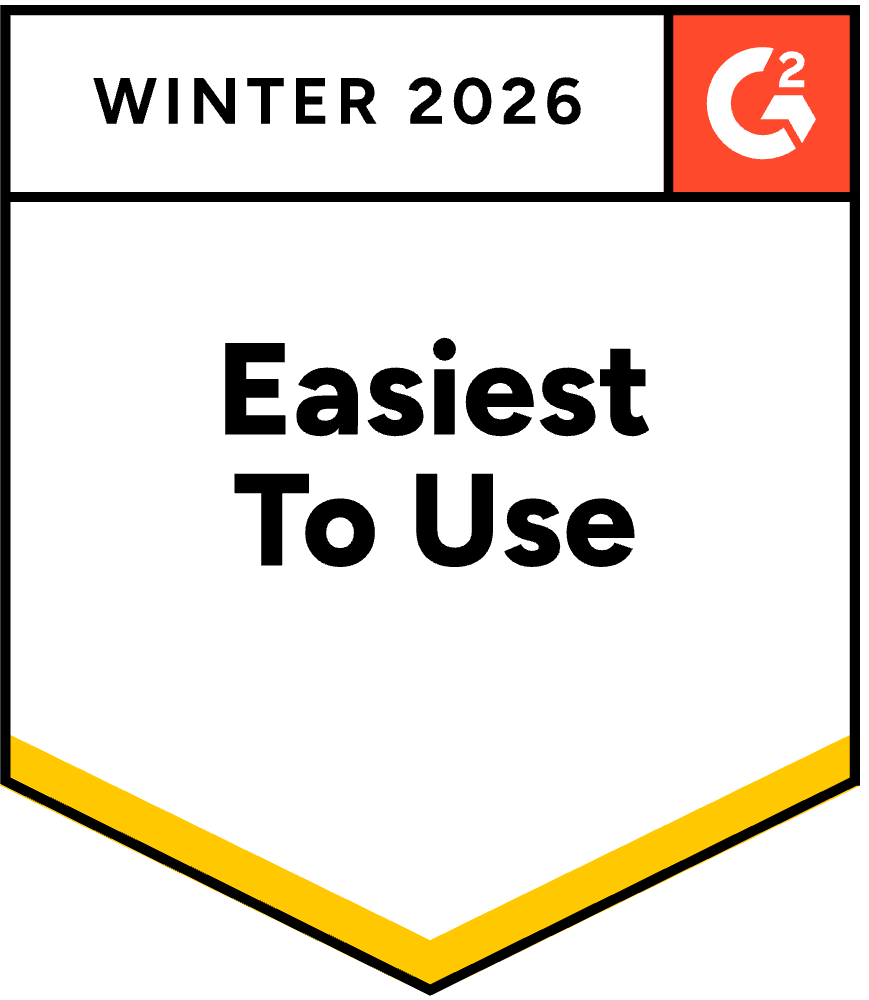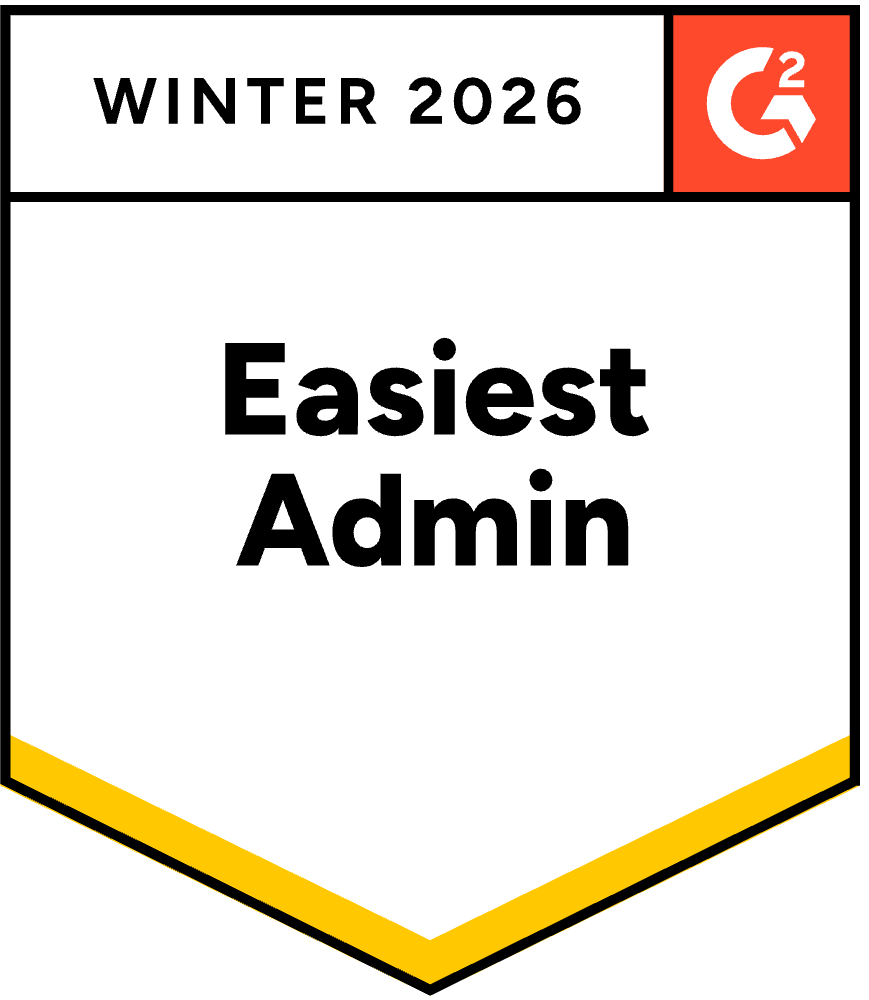Automated RFP Process: A 6-Step Guide
August 19, 2025
By
Evie Secilmis
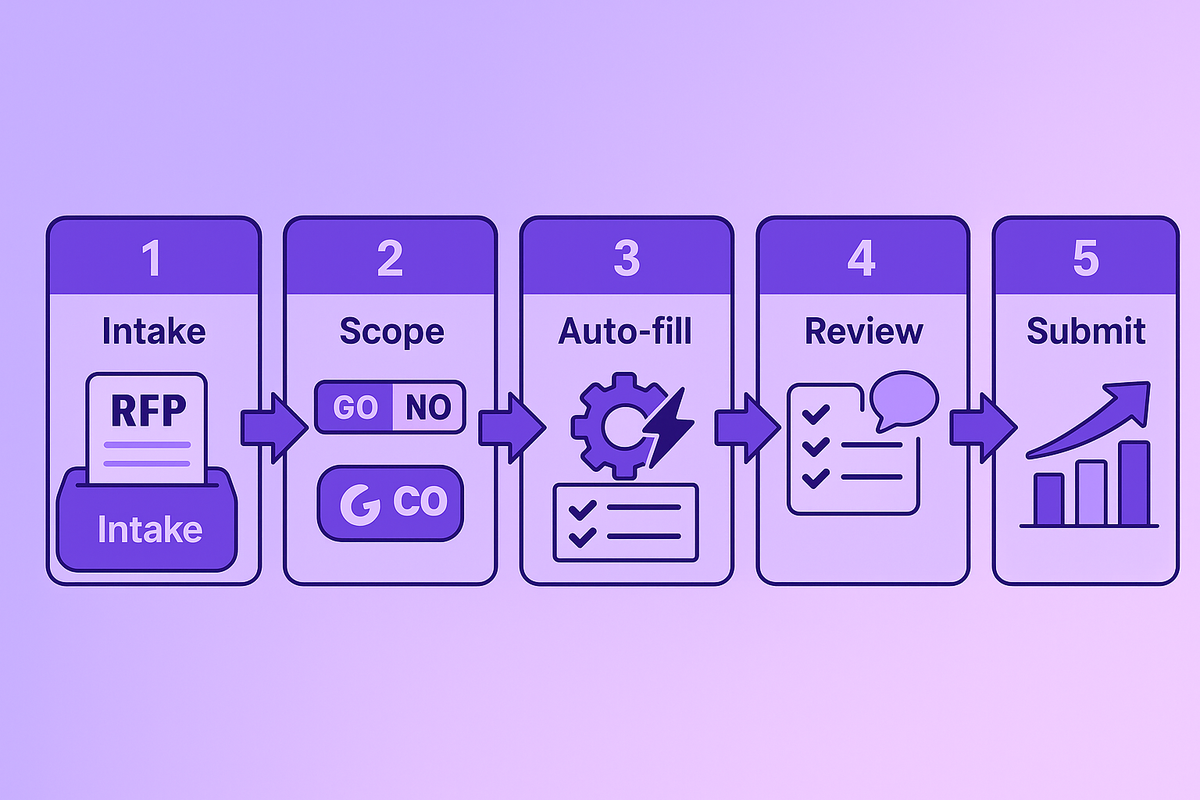
Requests for Proposals can feel like a constant time drain. Your team spends hours, even days, pulling together information and answering the same questions repeatedly. This manual process isn't just slow; it's a recipe for burnout and missed deadlines. This is where RFP automation and RFP automation tools change the game. By creating an automated RFP process to automate RFP process, you can reclaim valuable time, improve accuracy, and let your team focus on what they do best. This guide will show you exactly how to set it up, step-by-step.
What is RFP Automation?
RFP automation involves using software tools to manage and streamline the process of responding to Requests for Proposals. These tools help automate repetitive tasks, organize information, and ensure that all responses are consistent and accurate.
Understanding the Full RFP Landscape
Before we get into the nuts and bolts of automation, it’s helpful to have a clear picture of the entire proposal world. A Request for Proposal (RFP) is more than just a questionnaire; it's a formal invitation for your business to solve a problem. According to Adobe, an RFP is a document that organizations use to ask outside vendors to "propose how they would complete a project or provide a service." Understanding the different types of requests and the process from the issuer's point of view will give you a major advantage when it comes time to respond. It helps you see the bigger picture and tailor your response to what the client is truly looking for, moving beyond just answering questions to providing a genuine solution.
More Than Just RFPs: RFIs and RFQs
While "RFP" is often used as a catch-all term, it’s just one piece of the puzzle. You’ll also encounter RFIs (Requests for Information) and RFQs (Requests for Quotation). An RFI is typically a fact-finding mission; a company is exploring options and wants to learn more about the vendors in the market. An RFQ is all about the numbers—it’s a request for pricing on a very specific set of goods or services. Knowing the difference is key. Responding to an RFI with a hard sell or an RFQ with vague, high-level ideas will likely get your submission tossed aside. Tailoring your response to the specific type of request shows that you’re paying attention and respect the client’s process.
The Process for the Company Issuing the RFP
Ever wonder what happens on the other side of the screen? The company issuing the RFP has its own detailed process. First, they identify their needs and define the scope of the project. Then, they write the RFP, a detailed document outlining all their requirements, questions, and evaluation criteria. Finally, they send it out to potential vendors. Understanding this helps you appreciate why they ask certain questions. They aren't just trying to make your life difficult; they're following a structured process to make a well-informed, often very expensive, decision. Your response is a critical piece of their puzzle, and seeing it from their perspective can help you craft a more compelling proposal.
What Makes a Good RFP Response?
A winning RFP response does more than just answer the questions; it tells a story and builds confidence. A strong proposal should always start with a concise summary of your solution, making it easy for the evaluator to grasp your value proposition immediately. It should also include key information about your company, highlighting your experience and past successes. Most importantly, your response must prove that you deeply understand the client's needs. Don't just repeat their pain points back to them—show that you've thought critically about their challenges. Finally, provide a detailed explanation of your proposed solution, connecting each feature or service back to a specific client need. This demonstrates thoroughness and a customer-centric approach.
Common Mistakes to Avoid in Your Proposal
It’s surprisingly easy to get disqualified for simple mistakes. One of the most common is using too much technical jargon. Remember, the person reading your proposal might not be a technical expert, so keep your language clear and accessible. Another major pitfall is failing to answer every single question. Even if a question seems irrelevant, skipping it can be seen as a red flag. Lastly, be transparent about all costs. Hidden fees for setup, training, or ongoing support can damage trust. A clear, comprehensive, and honest proposal is always the best strategy for building a long-term relationship.
How RFP Automation Technology Works
So, how does RFP automation actually turn a chaotic, time-consuming process into a streamlined workflow? It’s not magic—it’s a smart combination of a centralized content library, artificial intelligence, and collaborative tools. The technology is designed to handle the heavy lifting, like finding the right answers and managing deadlines, so your team can focus on strategy and customization. Think of it as giving your proposal team a powerful assistant who can instantly recall every piece of information your company has ever produced. This system not only speeds things up but also improves the quality and consistency of your responses, leading to better outcomes and higher win rates.
Step 1: Build a Central Content Library
The foundation of any great RFP automation system is a central content library. This is your single source of truth where you gather all your approved answers, company information, case studies, and security details. Instead of hunting through old documents and Slack channels, your team has one place to find the most up-to-date and accurate information. Platforms like HeyIris.ai help you build and maintain this library, ensuring that every response is built on a foundation of consistent, pre-approved content. This step alone can save countless hours and eliminate the risk of using outdated or incorrect information in a proposal.
Step 2: Use Machine Learning to Suggest Answers
Once your content library is in place, the real power of automation kicks in. The software scans the new RFP and uses artificial intelligence to suggest the best answers from your library. It analyzes the questions and matches them with your most relevant, high-scoring content. This transforms the process from writing every response from scratch to simply reviewing and refining AI-suggested answers. This not only saves a massive amount of time but also ensures that you’re leveraging your best-performing content in every proposal. It’s a smarter way to work, allowing your team to generate a high-quality first draft in minutes, not days.
Step 3: Streamline Team Workflows
RFPs are a team sport, but managing collaboration can be a headache. Automation tools are designed to streamline teamwork by assigning questions, tracking progress, and managing approvals all in one place. You can automatically send notifications to subject matter experts, tag team members for review, and maintain a clear audit trail of all changes. This eliminates the confusion of endless email chains and version control issues. With a clear, automated workflow, everyone knows what they need to do and when, making the entire process smoother and more efficient. This level of organization ensures that nothing falls through the cracks, even when deadlines are tight.
Handling Different Document and File Formats
Modern RFP automation software is built for the real world, where requests come in all shapes and sizes. You can import and work with RFPs in various formats, including Excel, Word, and PDF. Some tools even offer browser extensions that allow you to respond to questionnaires directly on web portals. This flexibility means you don't have to waste time with tedious copy-pasting or reformatting. The system adapts to the request, allowing your team to focus on crafting the best possible answers, no matter how the questions are presented.
Signs Your Business Needs RFP Automation
Are you wondering if it's the right time to invest in RFP automation? The signs are often hiding in plain sight, disguised as everyday frustrations and bottlenecks. If your team feels like they're constantly playing catch-up, or if the quality of your proposals is suffering due to tight timelines, it might be time for a change. Manual processes can only take you so far, especially as your business grows and the volume of RFPs increases. Recognizing the warning signs is the first step toward finding a solution that can help your team work more effectively, reduce stress, and ultimately win more deals. Let's look at a few common indicators that your business is ready for automation.
Your Team Is Constantly Rushing Deadlines
Does the end of every RFP response cycle feel like a frantic, last-minute scramble? If your team is consistently working late nights to meet deadlines, it’s a clear sign that your current process is unsustainable. When responding to RFPs takes too long, it not only causes stress but also leaves little time for strategic review, leading to rushed, error-prone submissions. Automation helps you get ahead of the clock by handling the repetitive, time-consuming tasks. This frees up your team to focus on tailoring the proposal and ensuring it’s perfectly aligned with the client’s needs, all without the last-minute panic.
Experts Are Tired of Answering the Same Questions
Your subject matter experts (SMEs) are some of your most valuable resources, but their time is finite. If your sales team is constantly pinging them with the same questions about security, compliance, or technical specifications, you’re likely causing SME burnout. This repetitive questioning pulls them away from their core responsibilities and can slow the entire proposal process down. An RFP automation platform with a central content library captures their knowledge once, so it can be reused indefinitely. This respects your experts' time and allows your team to find approved answers instantly, one of the key benefits of a streamlined system.
You Have Too Many RFPs to Handle Manually
Growth is great, but it can expose the cracks in your processes. If you’re receiving more RFPs than your team can handle, you’re forced to make tough choices: either rush through responses and sacrifice quality, or "no-bid" potentially valuable opportunities. Neither option is ideal for a growing business. When you have too many RFPs to manage manually, it’s a clear signal that you need a more scalable solution. Automation allows you to handle a higher volume of proposals without needing to proportionally increase your team's size, ensuring you can pursue every promising opportunity that comes your way.
Why Automate Your RFP Process?
The traditional RFP process is often manual and labor-intensive, leading to errors, missed deadlines, and inconsistencies. By automating this process, companies can reduce the workload on their teams, enhance collaboration, and ultimately increase their chances of winning bids.
What You Gain from RFP Automation
Save Time and Get More Done
Automating your RFP process significantly reduces the time and effort required to compile responses. This allows your team to focus on more strategic tasks, enhancing overall productivity.
Deliver Error-Free Proposals, Every Time
Automation tools ensure that your responses are consistent and error-free. This consistency not only improves the quality of your submissions but also enhances your company's reputation.
Help Your Team Work Better Together
With RFP automation tools, teams can collaborate more effectively. These tools provide a centralized platform where team members can access documents, share insights, and track progress in real-time.
Improve Employee Satisfaction
Your team’s brightest minds shouldn’t spend their days copying and pasting answers into documents. When your subject matter experts are pulled away from their core responsibilities to answer the same RFP questions repeatedly, it leads to frustration and burnout. RFP automation handles the repetitive, administrative tasks, freeing up your team to focus on the strategic, creative aspects of a proposal that actually win deals. By automating the grunt work, you show your employees that you value their expertise. This shift not only makes their jobs more engaging but also allows them to contribute in more meaningful ways, which is a surefire way to keep your top talent happy and productive.
Gain a Competitive Edge
In the world of sales, speed and quality win. The ability to respond to RFPs quickly and accurately gives you a significant advantage over slower competitors. RFP automation software allows your team to produce high-quality, customized proposals in a fraction of the time it takes to do it manually. This means you can respond to more opportunities without sacrificing the quality of your submissions. By streamlining the entire process, you not only increase your team's capacity but also improve your chances of winning bids. You’ll be able to get polished, compelling proposals into the hands of decision-makers faster, positioning your company as the responsive and reliable partner they’re looking for.
How to Set Up Your Automated RFP Process
Step 1: Figure Out What You Really Need
Before choosing an RFP automation tool, it's crucial to assess your organization's specific needs. Consider factors like the volume of RFPs you handle, the complexity of your responses, and the level of collaboration required.
Step 2: Find the Right RFP Automation Tool
There are numerous RFP management software options available, each with its unique features. Look for a tool that aligns with your needs, is user-friendly, and offers robust support.
Step 3: Integrate the Tool with Existing Systems
For seamless operations, integrate the RFP automation software with your existing systems, such as CRM and project management tools. This integration ensures that all data is synchronized and easily accessible.
Step 4: Get Your Team On Board
Ensure that your team is well-trained in using the new software. Provide comprehensive training sessions and resources to help them become proficient in the tool's functionalities.
Step 5: Build Your Custom Templates and Library
Most RFP automation tools allow you to create templates and libraries for standard responses. Customize these templates to fit your organization's voice and branding, making it easier for your team to craft responses quickly.
Step 6: Keep Improving Your Process
After implementing the RFP automation tool, continuously monitor its performance. Gather feedback from your team and make necessary adjustments to optimize the process further.
Choosing the Right RFP Automation Tools to Automate RFP Responses
Must-Have Features to Look For
When selecting an RFP management software, consider features such as:
- User-Friendly Interface: The software should be easy to navigate for all team members.
- Customization Options: The ability to customize templates and workflows is essential.
- Integration Capabilities: Ensure the tool can integrate with your existing software systems.
- Collaboration Features: Look for features that enhance team collaboration and communication.
- Analytics and Reporting: These features help track progress and measure the effectiveness of your RFP responses.
Advanced AI Capabilities
When we talk about AI in RFP software, we're moving beyond simple keyword searches. Modern tools use advanced AI to understand the context and nuance of each question, helping you generate accurate, human-like first drafts in a fraction of the time. This technology is designed to help your team create, manage, and respond to proposals more effectively. Instead of just pulling old answers, the AI can synthesize information from your content library to craft fresh responses that are perfectly tailored to the specific RFP you're working on. This means your subject matter experts spend less time answering repetitive questions and more time on strategic input.
Intelligent Content Management
A messy content library is a major bottleneck in the RFP process. An intelligent RFP tool acts as a single source of truth, but it does more than just store information. It actively helps you manage it. The best platforms use AI to automate responses for a wide range of documents, including RFPs, RFIs, DDQs, and security questionnaires. Some systems, like our own Iris platform, even proactively identify and flag outdated or inconsistent information across your connected systems. This ensures your proposals are always built with the most current and accurate data, saving you from the dreaded last-minute scramble to verify facts and figures.
Security and Data Privacy
Handing your company's sensitive information over to a new tool can feel daunting, which is why security should be a top priority. When evaluating RFP software, look for a platform that puts data privacy first. Your company's data should remain yours alone, and it's crucial that the AI models are not trained using your confidential information. This practice, known as data isolation, ensures that your proprietary strategies, client details, and pricing structures are never exposed. Always confirm a potential vendor's data privacy protocols and handling policies before committing, as this is a non-negotiable for protecting your business.
Multi-Language Support
If your business operates on a global scale or has plans to expand, multi-language support is an essential feature. Responding to international RFPs can be complex, but the right tool can simplify the process immensely. Look for software that can translate and localize your responses into different languages. This capability allows you to compete for international contracts without needing a dedicated in-house translation team for every bid. It helps you enter new markets more efficiently and ensures your proposals resonate with a diverse client base by speaking their language, both literally and culturally.
Comparing Top RFP Automation Tools
Some popular RFP automation tools include:
- Iris: Iris delivers AI-powered, intuitive responses personalized for every RFP, security questionnaire, and DDQ
- RFPIO: Known for its intuitive interface and powerful integration capabilities.
- Loopio: Offers robust collaboration features and a comprehensive library for content management.
- PandaDoc: Provides excellent document management and e-signature capabilities.
Common Myths About RFP Automation
Whenever a new technology enters the scene, it’s usually followed by a wave of questions and misconceptions. RFP automation is no different. Let's clear the air and tackle some of the most common myths I hear from teams who are on the fence about making the switch. These ideas might be what’s holding you back from a more efficient, less stressful way of working.
Myth: Automation Will Replace People
This is probably the biggest fear surrounding any kind of automation, and it’s completely understandable. But the goal of RFP automation isn't to replace your talented team members; it's to empower them. Think of it as giving your proposal manager a super-smart assistant. The software handles the tedious, repetitive tasks—like digging through old documents for the right answer—so your team can focus on what humans do best: strategy, personalization, and building relationships. You still need experts to review, customize, and add that crucial human touch that actually wins the deal. Automation is a tool to help people do their jobs better, not take them away.
Myth: It’s Too Expensive
Sticker shock is real, but it’s important to look at RFP software as an investment rather than just another expense. When you calculate the hours your team spends manually searching for answers, copying and pasting content, and correcting inconsistencies, the cost of doing nothing adds up quickly. An effective automation tool saves money in the long run by making your entire process more efficient, which means you can respond to more RFPs without burning out your team. The return on investment comes from winning more business and freeing up your most valuable employees to work on revenue-generating activities instead of administrative tasks.
The Real-World Impact of RFP Automation
Moving past the myths, let's talk about what actually happens when you bring automation into your RFP process. The changes aren't just theoretical; they have a tangible impact on your team's daily workload, the quality of your proposals, and your company's bottom line. For many organizations, it’s the difference between constantly feeling behind and confidently staying ahead of every opportunity.
Reduced Response Times
One of the most immediate and significant benefits you'll see is a dramatic reduction in the time it takes to complete a proposal. Automating your RFP process cuts down on the hours spent compiling responses. Instead of starting from scratch every time, an AI-powered platform can generate a complete first draft in minutes by pulling the most relevant and up-to-date information from your content library. This speed allows your team to meet tight deadlines with ease and even get ahead, giving you more time for strategic reviews and final polishes. It also means you can pursue more opportunities, increasing your deal volume without needing to hire more people.
Increased Focus on High-Value Work
When your team isn't bogged down with manual, repetitive tasks, they have the bandwidth to concentrate on high-value work. What does that mean? It means less time spent on copy-pasting and more time spent tailoring the proposal to the specific client's needs. It means your subject matter experts can provide thoughtful, customized answers instead of answering the same basic questions over and over. Automation tools ensure your responses are consistent and error-free, which improves the quality of your submissions and strengthens your company's reputation. This allows your team to shift its focus from administrative work to strategic thinking, which is what truly sets your proposal apart from the competition.
Ready to Automate Your RFP Process?
Automating your RFP process is a strategic move that can save time, reduce errors, and increase your chances of winning bids. By following the steps outlined in this guide, you can streamline your RFP workflow and improve your organization's efficiency.
Remember, the key to successful RFP automation is choosing the right tool that fits your needs and ensuring your team is well-trained in its use. With the right approach, RFP automation can be a game-changer for your business.
Frequently Asked Questions
How much work is it to set up a central content library? Getting your content library started does require some upfront effort, but it's an investment that pays off almost immediately. Think of it as a strategic organization project rather than an ongoing chore. Most modern platforms are designed to make this process easier by helping you import information from your existing documents. You're essentially consolidating all your best answers and company information in one place, so you never have to go hunting through old files again.
Will using automation make my proposals sound robotic and generic? This is a common concern, but the goal of automation is the exact opposite. The software is designed to handle the heavy lifting by generating a solid first draft using your own approved, high-quality content. This frees your team from the tedious copy-and-paste work and gives them more time to focus on what truly matters: personalizing the proposal, adding strategic insights, and tailoring the solution to the client's specific challenges. The automation provides the foundation; your team provides the finesse.
Is RFP automation only for large companies that handle hundreds of RFPs? While companies with a high volume of RFPs see a massive return, automation is valuable for any team that finds the proposal process to be a significant drain on time and resources. If your subject matter experts are constantly being pulled away from their main jobs to answer the same questions, or if you've ever had to decline a promising RFP due to a lack of bandwidth, then an automated process can make a huge difference. It’s about working smarter, regardless of your team's size.
My team already uses shared folders for old proposals. How is this different? A shared drive is essentially a digital filing cabinet, which can quickly become cluttered with outdated and inconsistent information. An RFP automation platform acts as an intelligent, single source of truth. Instead of just storing documents, it actively manages your content, uses AI to suggest the most relevant answers for new questions, and helps ensure everything is up-to-date. It turns a passive archive into an active tool that builds proposals for you.
How do I know if the investment is actually paying off? You can measure the impact in a few clear ways. Start by tracking the average time it takes your team to complete a proposal before and after implementing the software. You should also monitor your proposal win rate and the total number of RFPs you can respond to each quarter. The return becomes clear when you see a reduction in response time, an increase in your team's capacity, and ultimately, a rise in the number of deals you win.
Key Takeaways
- Build a central content library to create your single source of truth: This is the first and most critical step. It stops the endless hunt for answers and ensures every proposal is built on consistent, accurate information, saving your team from repetitive work.
- Let automation handle the administrative heavy lifting: AI-powered tools generate accurate first drafts in minutes, not days. This frees your team from tedious, manual tasks so they can focus their expertise on strategic customization and tailoring proposals to win.
- Respond faster and smarter to gain a competitive edge: An automated process allows you to handle a higher volume of RFPs without sacrificing quality. This combination of speed and accuracy helps you submit stronger proposals and ultimately win more deals.
Related Articles
Share this post
Link copied!



